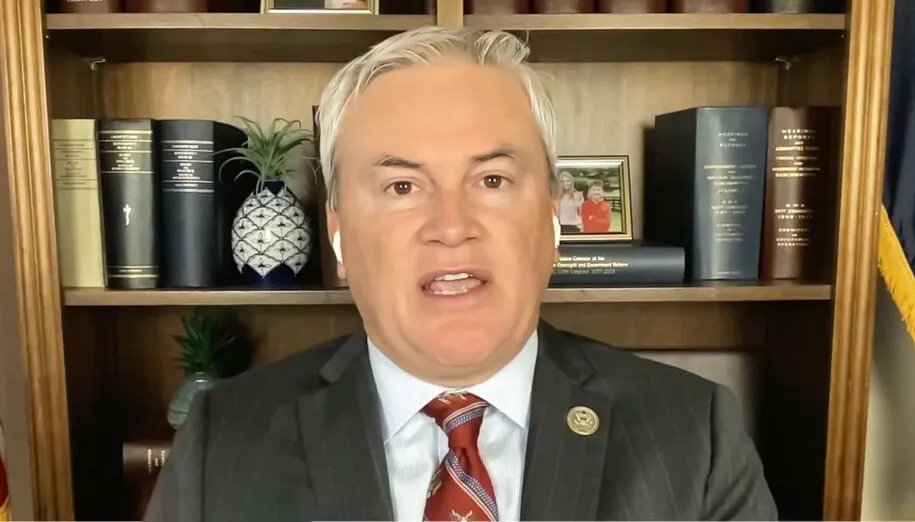DOE’s August 2017, 187-page “Staff Report to the Secretary on Electric Markets and Reliability” contains no denials of climate change or broadsides about a war on coal.
[tweet_box design=”box_04″ float=”none”]Surprise: this Energy Dept report contains no denials of climate change.[/tweet_box]
The study does frame today’s energy picture in ways that would win praise from big, traditional power generators and criticism from renewable energy advocates. For example, it highlights the difficulty of retraining coal and nuclear power workers, and the disruptive effects that renewable energy has on the existing electric utility system.
But whichever side you’re on, those are legitimate issues that need to be honestly addressed if the country is going to develop a rational electricity policy.
Another way to describe the report: If someone decided that every high school student should understand how the nation’s system of electric wires and power plants works, this study would make a good textbook.
The study is a quick-turnaround response to an April 14 memo from Energy Secretary Rick Perry to DOE’s chief of staff to “explore critical issues central to protecting the long-term reliability of the electric grid.”
The Report’s Findings
Plenty has changed for electric utilities over the past 20 years, and this DOE study describes that new landscape with enough detail to satisfy the most hard-core energy nerd:
- About 15 percent of the nation’s power plants have been retired since 2002, mainly coal and nuclear plants. That trend is expected to continue due to low natural gas prices, slower growth in demand for electricity, changing environmental regulations, and more solar and wind power. While new generating capacity from sources including natural gas and renewable energy has amounted to about three times the plant retirements, that radical change in the energy mix requires new ways of managing the flow of electricity from power plants to homes and businesses.
- People are demanding better reliability in their electricity; enough that utilities have supplemented their goals of reliability with a new term, “resilience.” Basically that means being able to get the lights back on faster after a natural disaster. That has utilities experimenting with things like utility-scale storage batteries, and more precise targeting of which customers should get power restored first.
- A lot of states are passing Renewable Portfolio Standards that mandate levels of green energy, creating a patchwork of requirements in the national grid.
- New and growing additions to the electric grid are changing the way it needs to be managed. Those new power sources include home rooftop solar panels that sell electricity back to the utility, natural gas plants that require new pipelines, solar and wind farms in remote areas that need to be connected with new transmission lines, and “demand response programs” in which utilities can turn off home water heaters and air conditioners for short periods during times of peak demand.
The Report’s Recommendations
Recommendations from the study include:
- Updating the pricing arrangements that govern the buying and selling of electricity.
- Improving disaster preparedness.
- Reviewing regulations that limit the growth of power generation, especially for coal, nuclear, and hydroelectricity.
- Focusing on workforce development as energy workers face a changing energy marketplace.
- Modernizing the software that manages electricity transmission.
- Coordinating with Canada and Mexico to enhance electric reliability across all of North America.
The overall study makes a well-argued case for a traditional utility structure in a changing world. It deftly threads the needle between, on the one hand, favoring large power plants and, on the other hand, acknowledging the newer trends toward decentralized electricity and renewable energy. One especially clever way the study tilts toward big energy without compromising accuracy, is through the consistent use of the acronym VRE, for Variable Renewable Energy resources. The word “variable” is a sly way to refer to solar and wind energy in a way that emphasizes its downsides of not being available when the sun isn’t shining or the wind isn’t blowing.
Bottom line: If this country ever does have an intelligent national discussion on energy policy, this study will likely be cited as a credible source by a wide range of energy interest groups.
–30–
Comments







